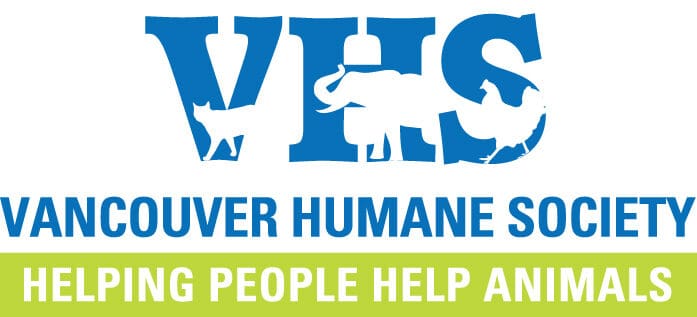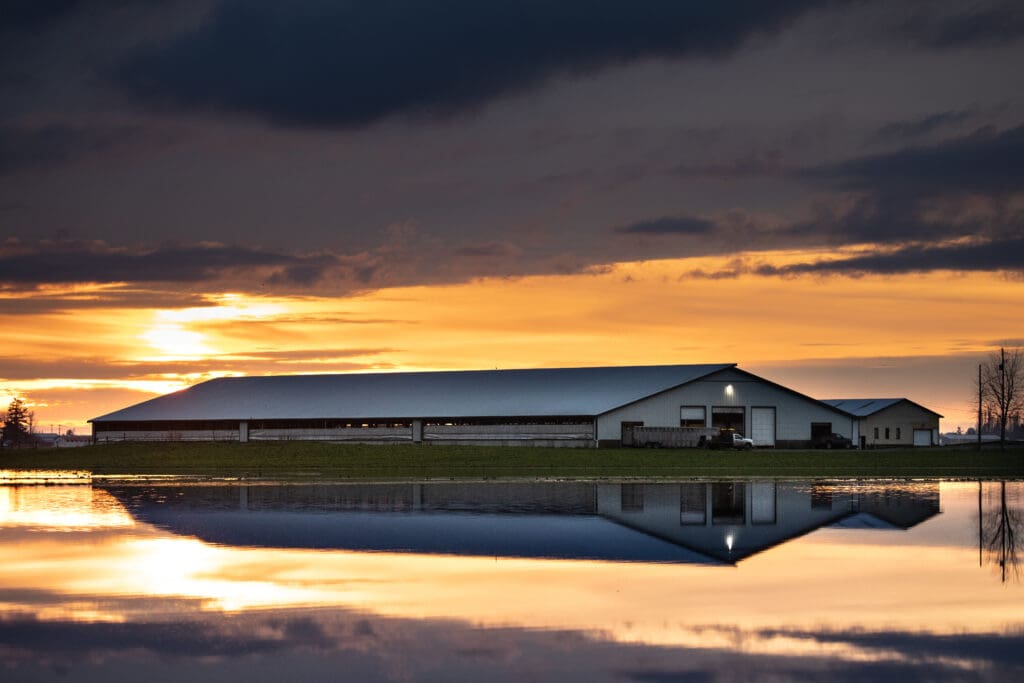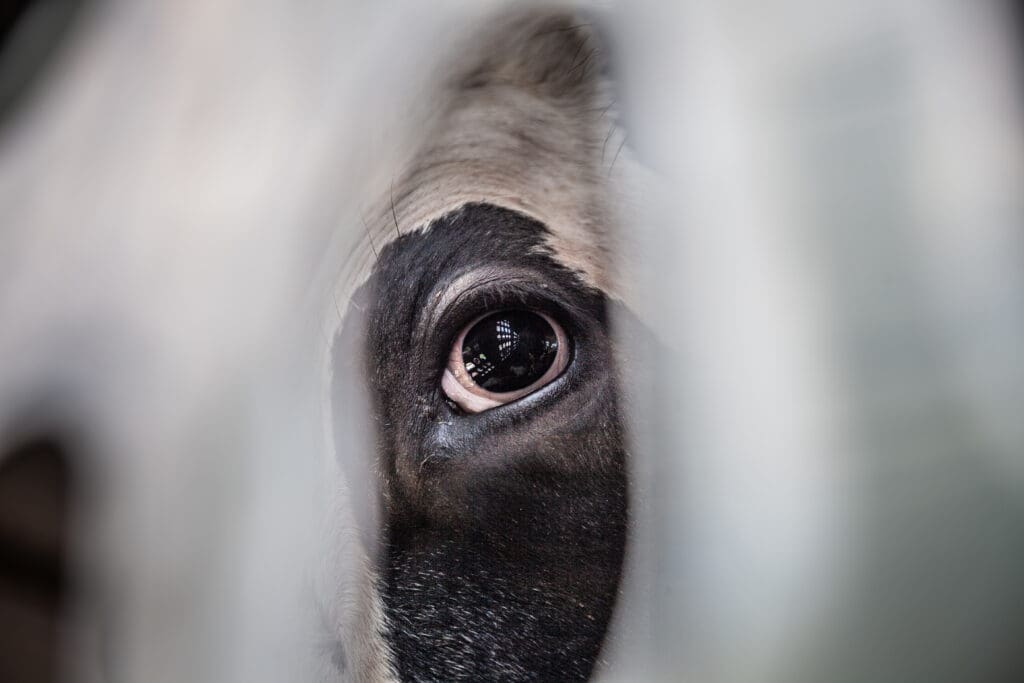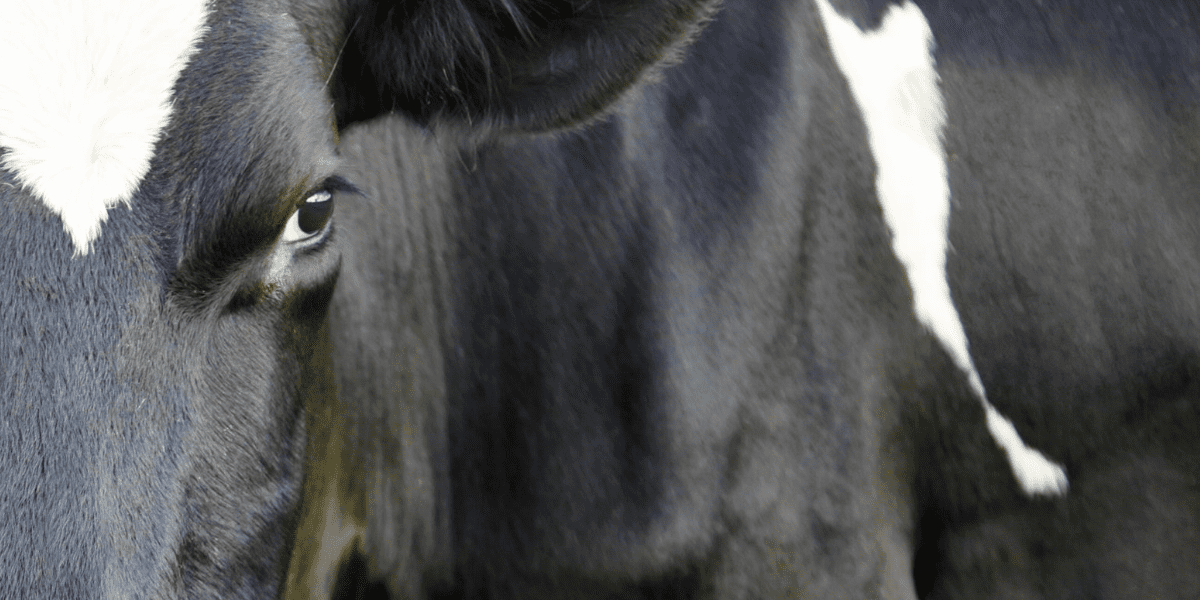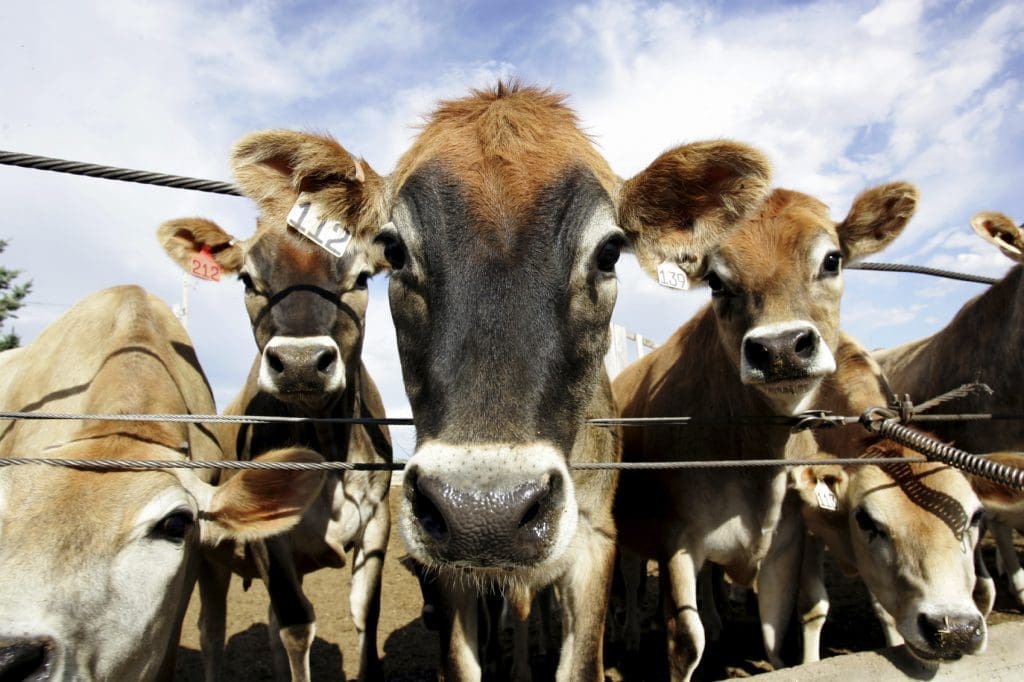Article originally published in the VHS Newsletter.
In November 2021, flooding and landslides devastated parts of British Columbia. People were forced from their homes, animals had little or no way of escaping, and roads were blocked off or destroyed, slowing rescue efforts and essential supply distribution.
One of the hardest hit was the Sumas Prairie – a once massive lake that was drained a century ago to become a hub for the province’s animal agriculture. Two measures were meant to prevent the Prairie from returning to its watery roots: a dike and a pump station. When the dike was breached and the pump found itself in critical condition, the overflowing Sumas River reached the Prairie’s farms and the hundreds of thousands of animals inside.
The catastrophe killed more than 640,000 animals, including 628,000 chickens and farmed birds, 12,000 pigs, and 420 cows. There is no doubt that those animals died in pain and fear. Others were impacted by ongoing health issues like pneumonia as a result of the being trapped in flood waters.
In the face of unimaginable tragedy, many people shared feelings of helplessness, anger, and above all, grief. On one thing everyone could agree: no one ever wanted to see a crisis like this happen again.
As we recover and rebuild, it is essential that we not return to the way things were. Decision-makers at every level need to take a serious look at their emergency planning and prevention, and account for the safety and well-being of animals – not just their monetary value.
This incredible scale of suffering and loss of life calls for more than just lip service. It calls for concrete steps to consider animal protection in emergency planning, and transparent communication to the public demonstrating how that action will be taken.
To do that, decision-makers need to examine the factors that made this situation so dire.
We know that the flooding is not a one-time event; several atmospheric rivers have moved in on the province since the initial flood, and experts expect these to grow more severe as warming air carries higher concentrations of water vapour. In some regions, the ground was already damaged by wildfires this past summer, resulting in more severe floods and landslides. Scientists predict that these extreme weather events will only grow more frequent in the coming years as temperatures rise. Urgent climate action must be a part of emergency planning.
As part of their plan to reduce the risk of farmed animals perishing in floods or other extreme weather events, like the heat domes we saw last year, decision-makers should consider sustainable regional and local food policies that meet nutrition demands and reduce climate impacts. For instance, incentives could be introduced for farmers who are transitioning to plant-based agriculture, which reduces the number of animals that would need to be evacuated in an emergency and produces food with a far smaller ecological footprint.
In the meantime, some shorter-term changes can be made to prevent another tragedy from occurring. The low-lying Sumas Prairie is home to well over a million farmed animals. When the flooding began, there was no hope of evacuating them all. There were too many animals and not enough vehicles. Each chicken farm in the area houses around 25,000 birds, with some holding more than three times that number. It seems obvious that emergency planning must include a strategy for animal evacuations to prevent the kind of mass suffering we have seen. Equally important is ensuring those evacuations are feasible. This huge volume of animal lives concentrated in such a small area, especially one at risk of flooding, makes moving the animals to a safer location virtually impossible.
For too long, there has been pushback on progress that protects animals, our environment, and even ourselves. The smallest changes, from reducing our carbon emissions to eating more plant-based foods, have been called extreme. What now seems extreme is not the action, but the result of inaction.
The danger is no longer hypothetical. It is here, on our doorsteps. Decision-makers will need to respond with this tragedy. And then, with crisis staring us in the face, they absolutely must prevent the next one.
